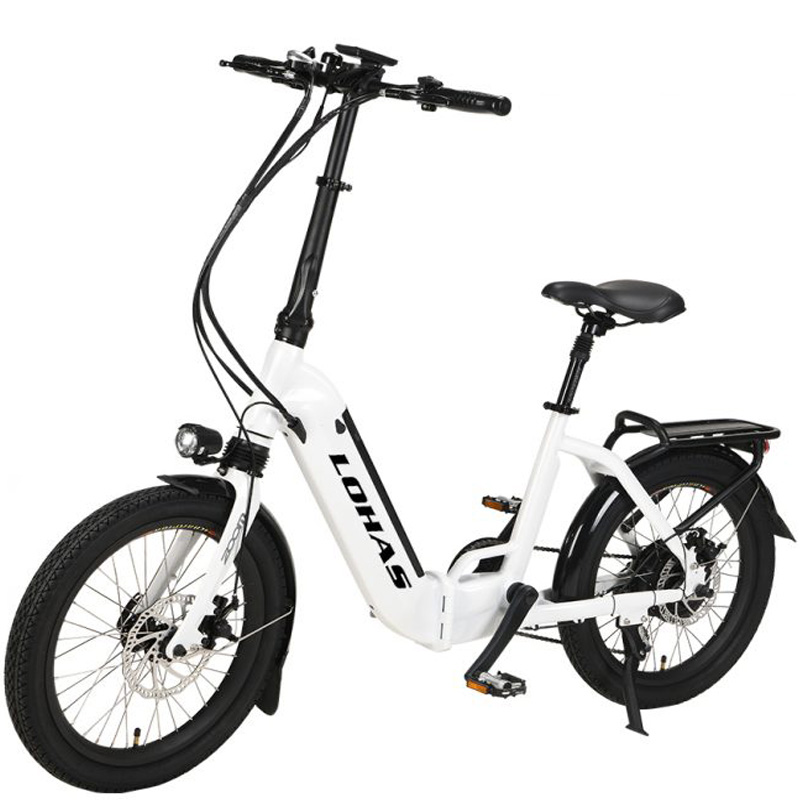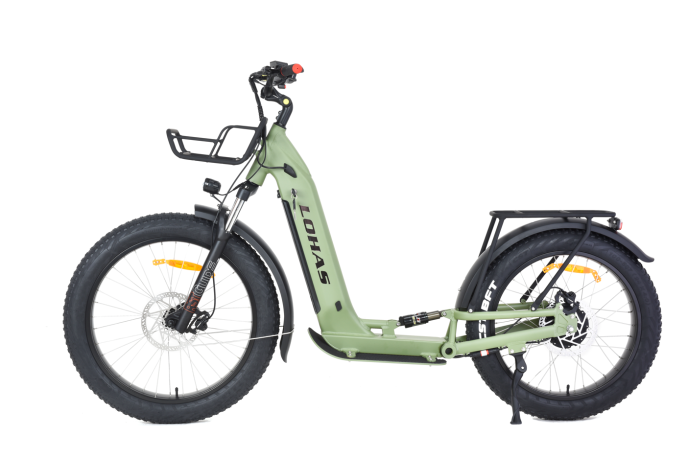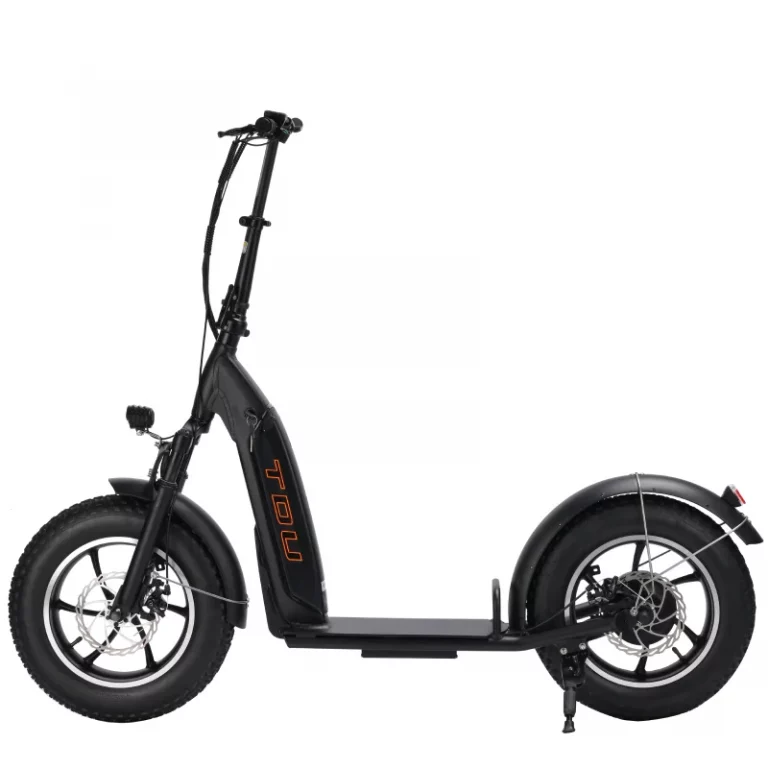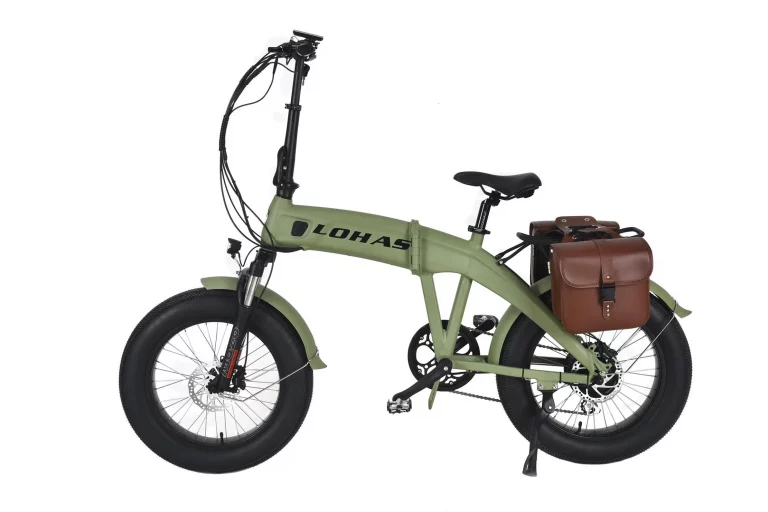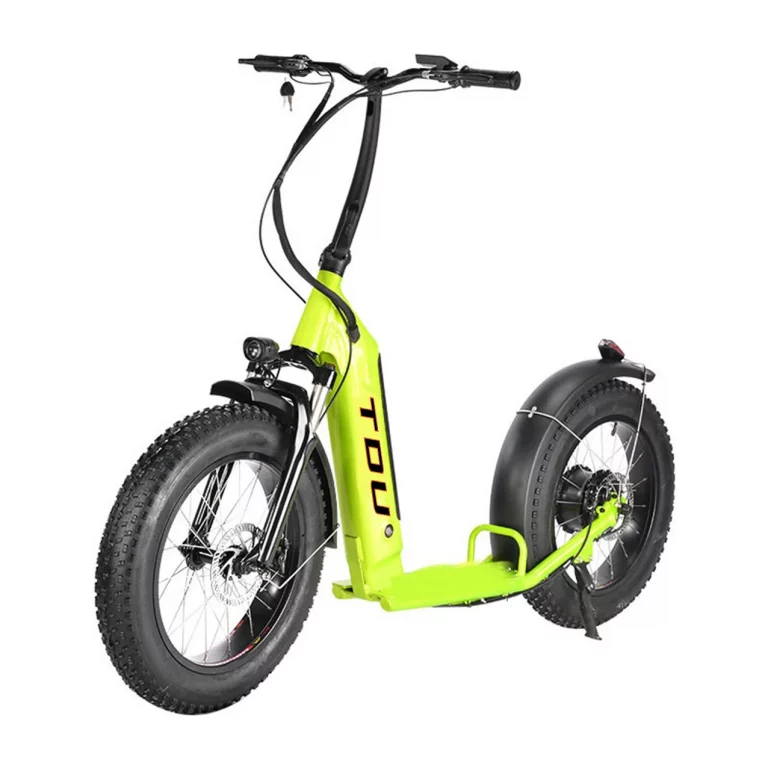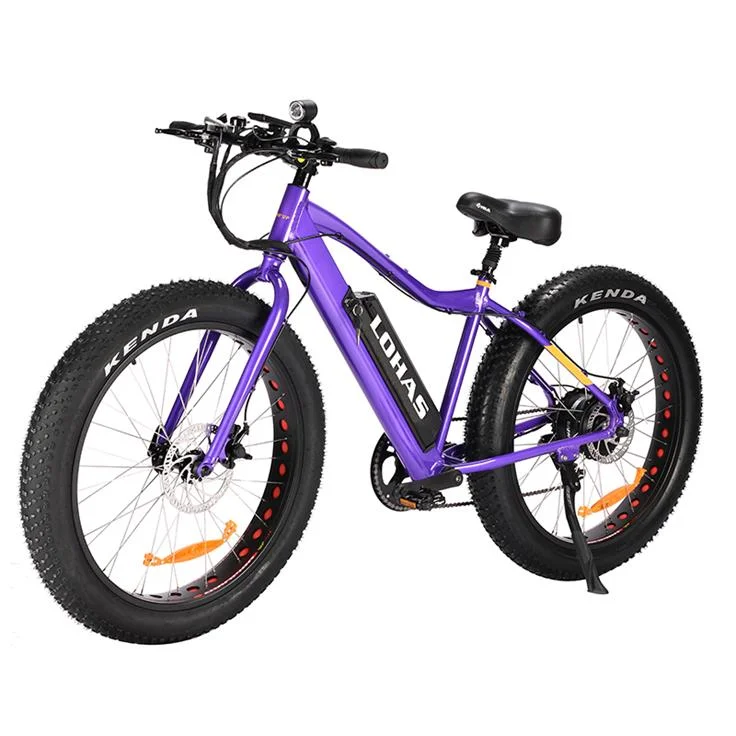Electric scooters and e kick scooters have emerged as popular modes of personal transportation, especially in urban settings. With rising concerns about environmental sustainability and the need for efficient commuting solutions, these electric vehicles provide viable alternatives to traditional cars and public transportation. Although they share similarities, understanding their differences is crucial for consumers aiming to select the option best suited to their needs. This article delves into the distinct characteristics of electric scooters and e kick scooters, exploring their technical specifications, functional differences, and use cases to give readers a comprehensive insight into both vehicle types.
Understanding Electric Scooters and Electric Kick Scooters
General Overview of Personal Electric Transportation
The growth of personal electric transportation has transformed urban mobility, offering flexible and environmentally friendly alternatives to conventional vehicles. Electric scooters and e kick scooters are at the forefront of this movement, catering to different commuting needs. While they both provide electric-powered transportation, their design and functionalities vary, tapping into distinct user preferences and habits, contributing to their popularity in urban areas.
Functional Differences Between e Kick Scooters and Electric Scooters
Design and Structure Variations
Design remains a key difference between electric scooters and e kick scooters. The platform design of electric scooters is typically wider, providing ample space for the rider’s feet, making them comfortable for individuals standing for extended periods. In contrast, e kick scooters feature narrower decks, suitable for quick maneuvers in tight spaces. These structural differences not only affect usability but also play a part in the overall aesthetic appeal, influencing consumer choice based on personal preferences.
Platform Design
The platform design further affects rider ergonomics and comfort levels. Electric scooters often provide a more spacious and stable platform, favoring longer distances and adult riders who prioritize comfort. Conversely, e kick scooters present a compact platform design, targeted at convenience and quick trips, appealing primarily to younger riders and those needing a swift solution for short-distance travel. Ultimately, these design features can significantly influence the experience of the rider.
Handlebar Types
Handlebars on electric scooters tend to be more robust and often adjustable, accommodating various heights while promoting comfort during longer rides. E kick scooters, known for their simplicity, usually feature fixed handlebars with fewer customizable options, aligning with their intended use for short trips. The handlebar differences impact maneuverability and rider experience, demonstrating how function dictates design in both models.
Control Mechanisms and User Interfaces
Throttle Control
The throttle systems also differ between the two types; electric scooters often employ a thumb throttle that allows for gradual acceleration, offering a smoother ride experience. E kick scooters, alternatively, often utilize a kick-to-start mechanism, which requires the user to initiate movement by pushing off with their feet and engage the electric power once in motion. The varied mechanisms can affect user experience, particularly for those who may have preferences for specific control types.
Braking Systems
Braking systems also present notable differences; electric scooters typically employ dual braking systems (disk and regenerative brakes) for improved safety and control, particularly at higher speeds. E kick scooters often feature simpler braking systems, such as foot brakes or electronic brakes, which may not offer the same level of safety for high-speed scenarios. Understanding these distinctions aids potential buyers in making informed decisions based on their riding preferences and safety concerns.
Use Cases: When to Choose an e Kick Scooter or an Electric Scooter
Urban Commuting
Suitability for City Environments
Electric scooters generally outperform e kick scooters in urban commuting scenarios, proving advantageous in navigating long distances or varying terrains. With their ability to handle urban infrastructure such as potholes and curbs, electric scooters serve as excellent choices for those prioritizing practical daily commutes. However, e kick scooters excel in crowded city environments, where their compact size allows for nimble maneuvering, making them easy to navigate through pedestrian areas.
Parking Ease and Portability
Ease of parking is another significant factor influencing user choices. Due to their lightweight design, e kick scooters can be easily parked almost anywhere, which appeals to users needing quick, convenient access. Electric scooters, while providing a more robust ride, can prove cumbersome in terms of parking, often requiring designated areas. The differences in parking capabilities impact the overall convenience factor for daily urban transport.
Recreational Use
Terrain Adaptability
For recreational use, electric scooters generally provide better adaptability to diverse terrains, making them suitable for trails, parks, and longer rides outside city limits. Their sturdier design and higher speed capabilities encourage longer excursions. Conversely, e kick scooters are frequently chosen for leisurely rides in flat areas or as part of urban explorations where quick bursts of speed are more favorable than long-distance travel.
Speed Preferences
Lastly, speed preferences play a crucial role in determining the right choice for recreational use. Enthusiasts looking for thrills will likely gravitate towards electric scooters due to their higher speeds and performance-driven design. E kick scooters, while fun and engaging for quick trips, might not provide the same exhilarating experience for speed-seekers. Understanding personal preferences can guide users toward the option that aligns with their desired riding experience.
Lohas Brand Overview
Introduction to Lohas’ Commitment to Quality and Innovation
Lohas is committed to providing state-of-the-art e kick scooters that balance quality, safety, and functionality. As an established brand within the personal electric mobility sector, Lohas continually demonstrates its dedication to advancing technology. The innovation behind Lohas e kick scooters focuses not only on performance but also on environmental sustainability—integrating eco-friendly materials and practices into their production processes. This commitment to quality and innovation resonates well with eco-conscious consumers looking for reliable personal transportation.
By prioritizing customer feedback and market trends, Lohas consistently develops products that meet the evolving needs of riders. Continuous research and development efforts enable the brand to stay ahead in a competitive market, ensuring their offerings remain relevant and engaging for consumers. Lohas further distinguishes itself by integrating cutting-edge technology into their scooters, enhancing rider experience from smart connectivity features to effective braking systems. With a clear focus on user satisfaction, Lohas positions itself as a leader in the e kick scooter market.
Range of Lohas Products in the e Kick Scooter Market
The Lohas brand offers a broad range of e kick scooters designed to cater to various preferences and requirements. This assortment includes models that focus on lightweight construction for enhanced portability and those that offer more substantial features for stability and comfort. Each product encapsulates the brand’s ethos of providing versatile transport without compromising on safety or technology.
By offering models suited for both casual riders and daily commuters, Lohas ensures that there are options available for different lifestyles and intended use cases. Essential features found across different models include customizable speed settings, adjustable handlebars, and efficient battery systems. Such variety allows consumers to select a product that best aligns with their specific riding needs, whether they prioritize performance, ease of transport, or innovative technology.
Unique Selling Points and Technological Innovations by Lohas
Lohas stands out in the e kick scooter market not only for its product quality but also for its commitment to integrating unique selling points and technological innovations. The use of advanced battery technology is one of these strengths, as Lohas scooters often feature lithium-ion batteries that enable extended range and quick charging times. Coupled with user-friendly interfaces that allow for easy diagnostics and personalized settings, Lohas products provide a seamless riding experience.
In addition, Lohas emphasizes connectivity by enabling Bluetooth technology in many of its models. This allows riders to connect their smartphones for monitoring ride statistics or accessing maintenance information through an app. Enhanced safety features, including automatic light activation, regenerative braking, and anti-lock braking systems provided in select models, further showcase Lohas’ focus on rider safety and convenience. Such innovations not only enhance the user experience but also position Lohas as a forward-thinking brand in the personal electric mobility space.
Future Trends in Electric Personal Mobility
Emerging Technologies in e Kick Scooters
As the electric personal mobility sector evolves, emerging technologies are expected to redefine the design and functionality of e kick scooters. Developments in battery chemistry, such as solid-state batteries, promise to extend range while reducing charging times. Additionally, advancements in lightweight materials and manufacturing processes may lead to even more portable and robust e kick scooters, catering to consumer convenience without compromising safety.
Smart features, including integrated navigation systems or connectivity with smart city infrastructure, are anticipated to become more prevalent in future models. These technologies could empower riders to access real-time traffic information, highlighting efficient routes and reducing commuter stress. Other innovations may focus on enhancing safety—such as automated collision detection systems—which could further increase the appeal of e kick scooters as a viable commuting option.
Predictions for Adoption Rates and Market Growth
With increasing urban congestion and the global shift towards sustainability, the adoption rates for e kick scooters are anticipated to rise in the coming years. As cities invest more in infrastructure to accommodate electric vehicle usage, individuals will likely become more inclined to explore this eco-friendly option for personal transportation. Market growth is expected to be bolstered by government incentives and subsidies that promote electric vehicle adoption, making e kick scooters a more financially attractive choice for potential riders.
Furthermore, the ongoing trend toward remote work and flexible workspaces has increased interest in personal mobility solutions. Individuals seeking convenient, short-distance transportation will find e kick scooters serve as practical tools for completing errands or commuting short distances. With consumer preferences shifting towards sustainability and convenience, the future of e kick scooters seems promising, reflecting a growing commitment to reducing carbon footprints while enhancing urban mobility.
In conclusion, understanding the differences between electric scooters and e kick scooters provides insights into their respective advantages. With Lohas leading the way in product innovation and technology, consumers have multiple options for personal electric mobility. As safety considerations, regulatory frameworks, and future developments in technology continue to shape the landscape, both electric scooters and e kick scooters are poised to play pivotal roles in urban transportation solutions.


